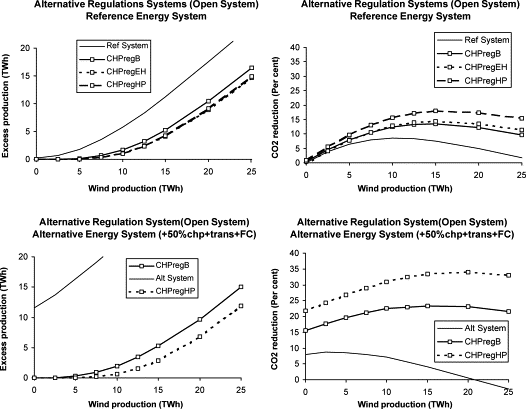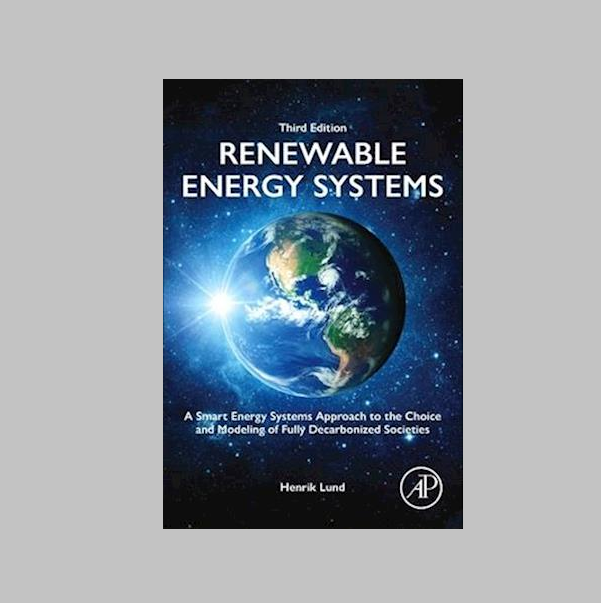Large-scale integration of wind power into different energy systems (2005)
Authors:
Henrik Lund
The paper presents the ability of different energy systems and regulation strategies to integrate wind power. The ability is expressed by the following three factors: the degree of electricity excess production caused by fluctuations in wind and Combined Heat and Power (CHP) heat demands, the ability to utilise wind power to reduce CO2 emission in the system, and the ability to benefit from exchange of electricity on the market. Energy systems and regulation strategies are analysed in the range of a wind power input from 0 to 100% of the electricity demand. Based on the Danish energy system, in which 50% of the electricity demand is produced in CHP, a number of future energy systems with CO2 reduction potentials are analysed, i.e. systems with more CHP, systems using electricity for transportation (battery or hydrogen vehicles) and systems with fuel-cell technologies. For the present and such potential future energy systems different regulation strategies have been analysed, i.e. the inclusion of small CHP plants into the regulation task of electricity balancing and ancillary grid stability services and investments in electric heating, heat pumps and heat storage capacity. The results of the analyses make it possible to compare short-term and long-term potentials of different strategies of large-scale integration of wind power.

Contact
If you experience further challenges using the model that are not answered in any one of pages at the site, you are more than welcome to contact us and we will try to help you.
Email us hereBook, 3rd Edition out now

3rd Edition Renewable Energy Systems – A Smart Energy Systems Approach to the Choice and Modeling of Fully Decarbonized Societies
By Professor Henrik Lund
List price: USD 100.00 / GBP 76.76 / EUR 87.20
Buy here